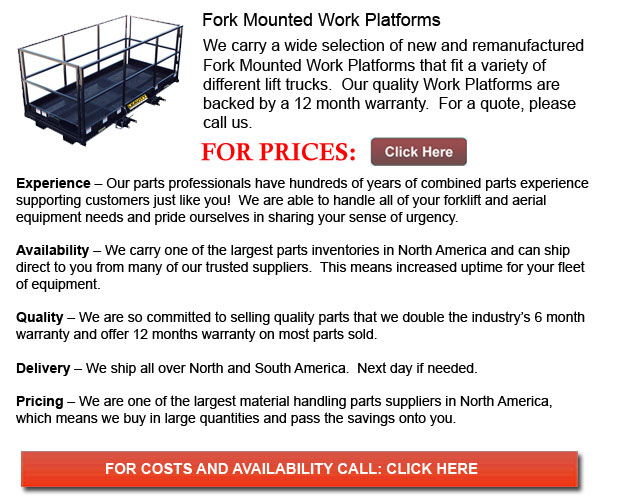
Fork Mounted Work Platform - There are specific requirements outlining lift truck safety requirements and the work platform has to be built by the maker so as to conform. A custom-made made work platform can be built by a licensed engineer so long as it likewise meets the design standards according to the applicable forklift safety standard. These customized designed platforms have to be certified by a licensed engineer to maintain they have in truth been manufactured according to the engineers design and have followed all standards. The work platform needs to be legibly marked to display the name of the certifying engineer or the manufacturer.
There is several particular information's which are required to be make on the machine. One instance for custom machine is that these need an identification number or a unique code linking the design and certification documentation from the engineer. When the platform is a manufactured design, the part number or serial so as to allow the design of the work platform ought to be marked in able to be linked to the manufacturer's documentation. The weight of the work platform while empty, together with the safety requirements which the work platform was built to meet is amongst other required markings.
The rated load, or otherwise called the most combined weight of the equipment, people and supplies allowed on the work platform need to be legibly marked on the work platform. Noting the minimum rated capacity of the forklift that is required so as to safely handle the work platform can be determined by specifying the minimum wheel track and lift truck capacity or by the make and model of the lift truck which could be used with the platform. The process for connecting the work platform to the fork carriage or the forks should likewise be specified by a professional engineer or the manufacturer.
Various safety requirements are there to guarantee the floor of the work platform has an anti-slip surface. This must be situated no farther than 8 inches above the standard load supporting area of the forks. There must be a way provided to be able to prevent the work platform and carriage from pivoting and revolving.
Use Requirements
Just trained drivers are certified to operate or work these machines for hoisting staff in the work platform. Both the lift truck and work platform need to be in compliance with OHSR and in good working condition previous to the use of the system to raise personnel. All producer or designer directions that pertain to safe operation of the work platform must also be obtainable in the workplace. If the carriage of the lift truck is capable of pivoting or turning, these functions need to be disabled to maintain safety. The work platform has to be locked to the fork carriage or to the forks in the precise manner given by the work platform producer or a professional engineer.
Different safety ensuring requirements state that the weight of the work platform combined with the utmost rated load for the work platform should not go beyond one third of the rated capacity of a rough terrain lift truck or one half the rated capacity of a high lift truck for the reach and configuration being used. A trial lift is needed to be performed at each and every job location at once before hoisting workers in the work platform. This process ensures the forklift and be positioned and maintained on a proper supporting surface and even to be able to guarantee there is sufficient reach to place the work platform to allow the task to be completed. The trial practice even checks that the boom can travel vertically or that the mast is vertical.
Before using a work platform a trial lift must be performed instantly before lifting workers to ensure the lift can be correctly located on an appropriate supporting surface, there is enough reach to put the work platform to do the required job, and the vertical mast can travel vertically. Using the tilt function for the mast can be used to assist with final positioning at the task site and the mast ought to travel in a vertical plane. The trial lift determines that sufficient clearance can be maintained between the work platform and the elevating mechanism of the lift truck. Clearance is even checked in accordance with storage racks, overhead obstructions, scaffolding, and whatever nearby structures, as well from hazards such as live electrical wires and energized equipment.
Systems of communication must be implemented between the lift truck driver and the work platform occupants to efficiently and safely manage operations of the work platform. When there are several occupants on the work platform, one individual ought to be selected to be the primary individual responsible to signal the forklift driver with work platform motion requests. A system of hand and arm signals ought to be established as an alternative mode of communication in case the primary electronic or voice means becomes disabled during work platform operations.
Safety measures dictate that employees must not be transferred in the work platform between job locations and the platform has to be lowered to grade or floor level before any individual enters or leaves the platform too. If the work platform does not have guardrail or adequate protection on all sides, each and every occupant ought to wear an appropriate fall protection system secured to a selected anchor point on the work platform. Workers have to perform functions from the platform surface. It is strictly prohibited they do not stand on the railings or utilize any mechanism in order to increase the working height on the work platform.
Lastly, the driver of the lift truck needs to remain within ten feet or three meters of the controls and maintain communication visually with the lift truck and work platform. When occupied by workers, the operator ought to follow above standards and remain in full contact with the occupants of the work platform. These instructions help to maintain workplace safety for everyone.
![]() Click to Download the pdf
Click to Download the pdf
Forklift Parts
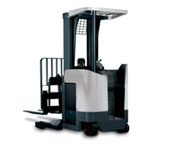
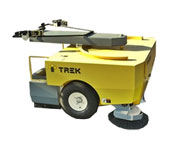
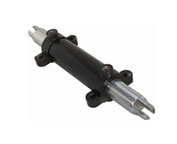
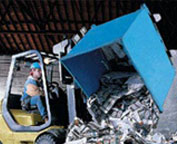
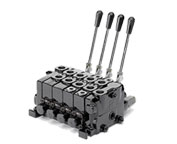
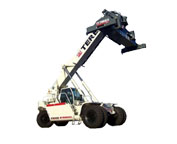
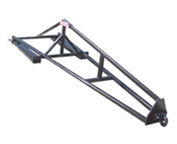

Lift Parts Express
TOLL FREE: 1-888-695-7994
LOCAL: (623) 900-4305
835 W Warner Rd 101-230
Gilbert, Arizona
forkliftpartsgilbert.com
Email Us
About Us


